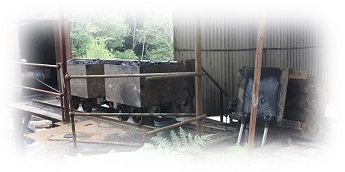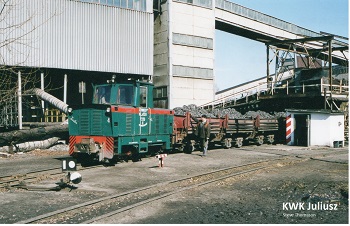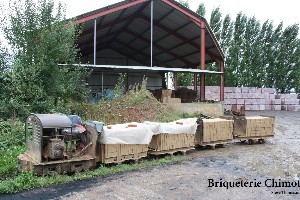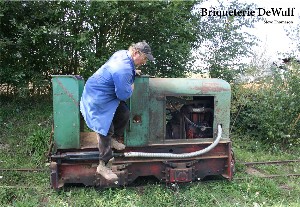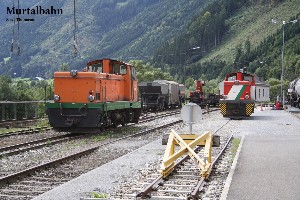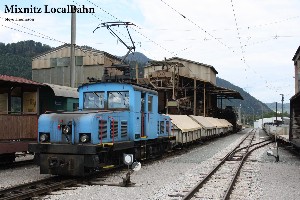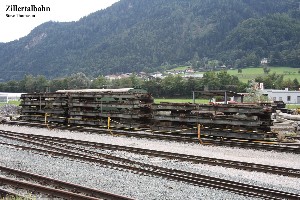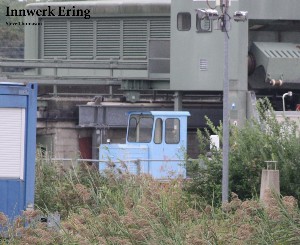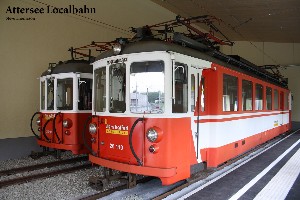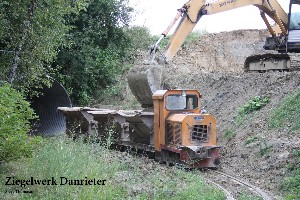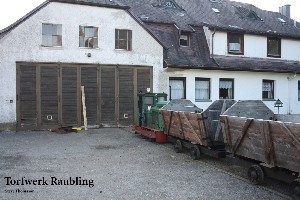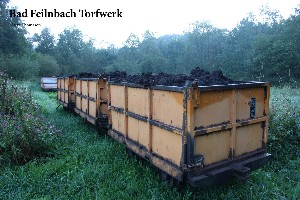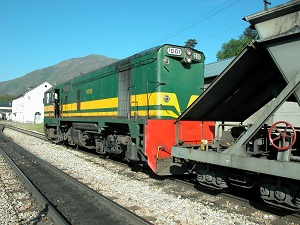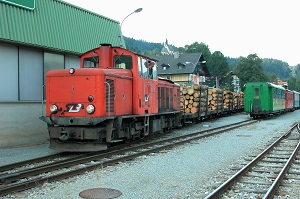AUSTRIA: September 2015
Achenseebahn, Jenbach
(Gauge: 1000mm) All trains were working normally as per the summer high season timetable, except that on the 13th September all three steam locos were in use due to an additional private hire.
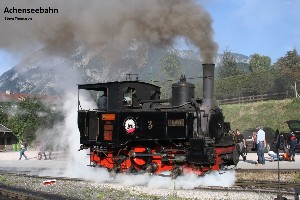
|
Pinzgaubahn, Zell Am See
(Gauge: 760mm) When this line was rebuilt following severe flooding a number of years ago, freight services were reinstated and local businesses were encouraged to use the railway once again. 3 or 4 firms along the line started reusing the railway for freight via transporter wagons. Now however the transporter exchange siding is in use for the preparation of the steam excursions and the standard gauge tracks appear not to have been used for some time. The sidings along the route are still in place, but show no evidence of recent use.
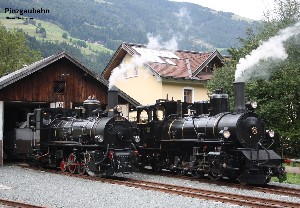
The newly restored Jugoslav loco 73-019 was in charge of the last couple of weekly steam excursions for the season, and on Sunday the 13th September an unannounced special run was made with 73-019 and MH3 double heading from Zell am See to Krimml.
|
Montanwerk Brixlegg, Schwaz
(Gauge 700mm) This mine had been reported as abandoned several years ago following an internal rockfall preventing any further operations. When visited on the 14th September, the mine doors were open and the condition of the rails confirmed that there was regular use being made of the mine. Nearby workers were unable to say what was happening other than the owner was in the mine, but he did not surface during the visit. One or two of the mine tubs appeared to have seen recent use and it is likely that work is ongoing to clear the previous problems causing the closure. Whether this is for future industrial use or tourist use is unclear.
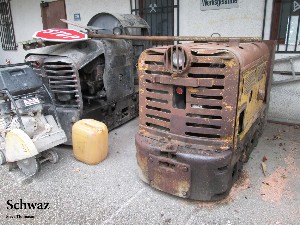
Two Jenbach locos were on the surface, a JW20 built in 1956 and JW15 247-1490 built in 1970 which had been previously used in the mine. It was very likely that at least one other loco was in use underground but was not seen.
(Posted 21.09.2015 Steve Thomason)
|
